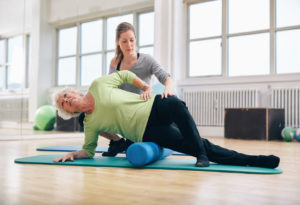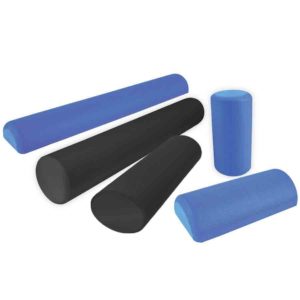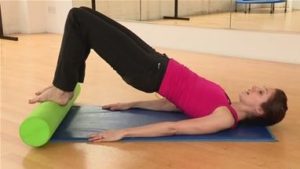We use foam-rollers heaps at the clinic, for Pilates, for physio and just for fun – but why?
Myofascial Release
Foam rollers are great for releasing off tight areas in the muscle and fascia (the connective tissue surrounding the muscles). It’s like having a massage without having to pay anyone! The benefits of this are:
- Increasing the blood circulation to the muscles
- Stretching of tight area’s in the muscles and tissues
- Reduction of scar tissue
- Improved flexibility
- Reduction of pain caused by muscle tightness
- By releasing tight muscle groups it can help restore muscle balance to the body
You can use the foam roller to release your calfs, quads, gluteals, thoracic spine muscles, hamstrings, the muscles under your armpits……..the list goes on!
For more about myofascial release see our previous blog
Core Stability
If you have a full length foam roller and lie along it length ways, as shown in the picture (ensure your head is supported), then it can be an excellent tool for helping to train your core stability. Effectively you are lying on a much smaller area and have a much smaller base of support and this make you much more unstable. The advantage of this is that it will highlite to you any area’s of instability. Conducting slow controlled movements of the arms and legs whilst in this position is much harder than it looks and is wonderful for getting those deep down core stability muscles activating.
Similarly adding in the foam roller to other exercises to provide instability can make a more basic exercise much more challenging.
Aids Recovery
It can help to aid recovery after exercise by working a little like a massage to help flush through lactic acid and other waste products from the tissues.
All of the above can help you to reduce and prevent injuries!
A couple of things to watch out for though as, like anything, if you do it incorrectly you could cause yourself damage
- Avoid rolling your lower back, this area of the body does not respond well to rolling as it encourages the spine to extend which can be difficult to control and lead to tension or injury
- Maintain good body alignment – think about your Pilates or “good posture” principles such as, core on, shoulders down, long neck/chin in so that you avoid sustained postures that may create tension in another area of your body.
 Written by Vicky Hill
Written by Vicky Hill


